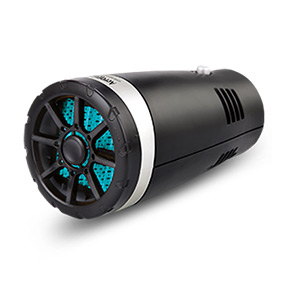Understanding the Function and Importance of Manual Throttle Cables in Vehicle Performance
Understanding Manual Throttle Cables Function, Importance, and Maintenance
The manual throttle cable is an essential component in various vehicles, particularly in older models and specific off-road machines. It serves as a direct link between the accelerator pedal and the engine's throttle body, allowing the driver to control the engine's power output. While modern vehicles often use electronic throttle control systems, manual throttle cables still play a vital role in many applications, particularly in manual gear vehicles, classic cars, and specialized equipment.
The Function of Manual Throttle Cables
At its core, the manual throttle cable operates by transmitting the motion of the accelerator pedal to the throttle body. When the driver presses the pedal, the cable pulls on a lever connected to the throttle plate, which regulates the amount of air entering the engine. This, in turn, affects the engine's power and speed. The relationship between the accelerator pedal and the throttle plate must be direct and responsive, making the throttle cable a critical component for performance and drivability.
One key advantage of manual throttle cables is their simplicity. Unlike electronic systems that require complex wiring and sensors, a manual cable system relies on basic mechanical principles. This simplicity can lead to increased reliability and ease of repair since there are fewer electronic components that can fail.
Importance in Various Applications
Manual throttle cables are often found in various applications beyond passenger cars. For instance, they are commonly used in motorcycles, ATVs, lawn equipment, and marine applications. The mechanical nature of these cables makes them particularly suitable for situations where electronic systems may be less practical or prone to failure due to environmental conditions.
manual throttle cable

In motorsports, having a manual throttle system can provide drivers with more tactile feedback and control over their vehicle's performance. This is especially important in racing scenarios where precision throttle control can make a significant difference in speed and handling.
Maintenance and Troubleshooting
Like all mechanical systems, manual throttle cables require regular maintenance to ensure optimal performance. One of the most common issues that can arise with throttle cables is cable fraying or binding, which can lead to unresponsiveness or erratic throttle behavior. Regular inspections are crucial, and replacing a frayed cable promptly can prevent further complications.
Lubrication is another vital aspect of maintenance. While many cables are designed to be self-lubricating, adding a light lubricant can help reduce friction and prolong the life of the cable. It's important to use the right type of lubricant to avoid degrading the cable material.
Drivers should also be aware of the signs of a malfunctioning throttle cable. Symptoms can include a sticky or unresponsive accelerator pedal, unexpected changes in engine speed, or difficulty maintaining a steady speed. If any of these issues are noticed, it's advisable to consult a mechanic or technician for a thorough inspection.
Conclusion
In conclusion, the manual throttle cable is a vital component that plays a crucial role in vehicle operation, particularly in applications where simplicity and reliability are key. Its mechanical nature provides direct control over engine power, making it indispensable in many settings, from everyday vehicles to specialized machinery and motorsports. Regular maintenance and prompt attention to any issues can ensure that the throttle cable continues to function effectively, contributing to the overall performance and safety of the vehicle. Understanding how this component works empowers drivers to maintain their vehicles better and appreciate the engineering behind their operation.
-
Upgrade Your Control with Premium Throttle CablesNewsAug.08,2025
-
Stay in Control with Premium Hand Brake CablesNewsAug.08,2025
-
Experience Unmatched Performance with Our Clutch HosesNewsAug.08,2025
-
Ensure Safety and Reliability with Premium Handbrake CablesNewsAug.08,2025
-
Enhance Your Vehicle with High-Performance Clutch LinesNewsAug.08,2025
-
Elevate Your Ride with Premium Gear CablesNewsAug.08,2025
